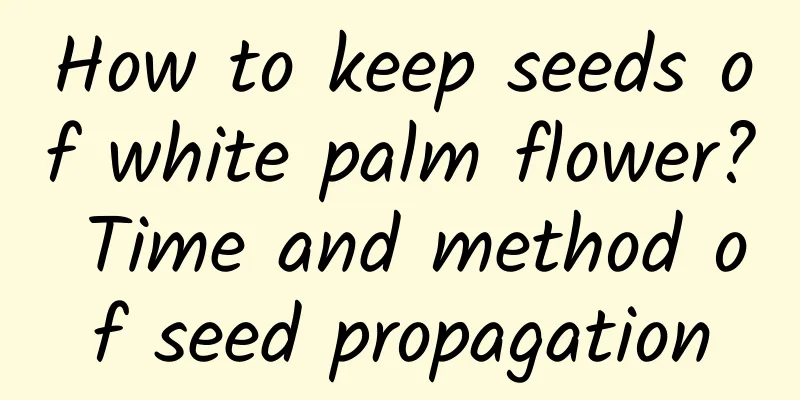How to make bonsai of Photinia chinensis

Production timeThe production time of Chinese photinia bonsai is in March and the rainy season every year. SourceWhen making a photinia bonsai, you need to choose branches that are one year old or older for cutting propagation or sowing propagation. You can also use layering, dig up old stumps or young plants, depending on your actual situation. Select potThe bonsai of Chinese photinia can be grown in purple clay pots and glazed ceramic pots, and is suitable for cultivation in shallow or medium-deep rectangular pots. The time for potting is from February to March. Preparation for pottingThe roots of the photinia should be trimmed before potting, and some broken tiles can be placed at the bottom of the pot to maintain the air permeability and drainage of the soil. modelingThe Chinese photinia bonsai is resistant to pruning, and you can keep trying to shape it into the best ornamental shape. For the soft twigs of the Chinese photinia, they need to be twisted and tied. Generally, the method of rough tying and fine pruning is adopted. The shapes can be slanted trunk type, dead trunk type, curved trunk type, double trunk type, cliff type, root lifting type, and lying trunk type. |
<<: Bonsai creation and maintenance of cinnabar root
>>: The production and maintenance of cliff chrysanthemum bonsai
Recommend
What soil is best for windmill jasmine?
In principle, windmill jasmine has no special req...
When is the best time to sow white chrysanthemum
Suitable time for sowing white chrysanthemum Whit...
The difference between Deutzia odorata and Rosa rubra
1. Difference in appearance Deutzia odorata is a ...
What does aloe vera bloom mean?
1. The meaning of flowering There are many differ...
Planting time and method of northern radish, cultivation method and management points
Planting time of northern radish When planting ra...
What soil is suitable for growing crabapples?
Soil for Begonia Begonia is a plant of the Rosace...
Disease control methods for Cattleya
Disease control methods for Cattleya Leaf spot On...
What are the legends and meanings of the flower of Lingjian Lotus?
1. Flower language and meaning The Euphorbia obes...
The language and legend of gorse
The Flower Language of Broom Humble, humble, eleg...
Can Jade Plants be propagated by cuttings? How long does it take for Jade Plants to be transplanted?
1. Can it be propagated by cuttings? It can be pr...
Orchid species ranking
1. Ghost Orchid The ghost orchid is a very rare o...
How to take care of newly bought ranunculus
1. How to care for newly bought ranunculus The ne...
When is the best time to plant corn grass seeds?
Corn grass seed planting time Corn grass is an an...
Can the colorful weigela tree be potted?
Can the colorful weigela tree be potted? The colo...
Who says cuttings are difficult? I wrapped a layer of soil around the branches, and countless large white roots grew out!
High altitude layering 1. Choose relatively sturd...









